We may earn money or products from the companies mentioned in this post. This means if you click on the link and purchase the item, I will receive a small commission at no extra cost to you ... you're just helping re-supply our family's travel fund.
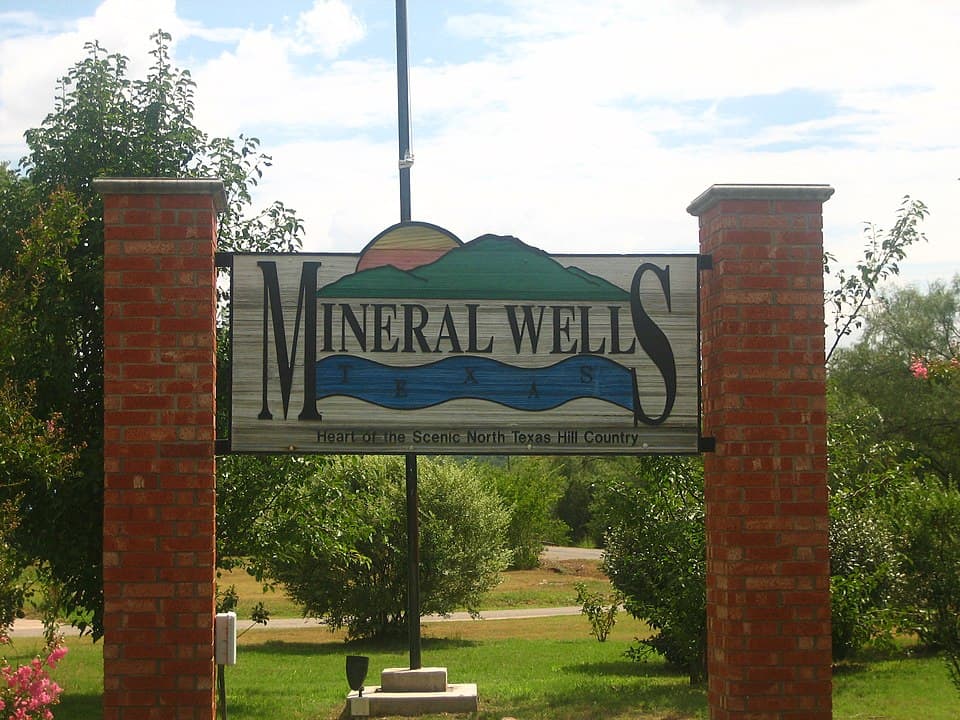
Popularity has a half life. Resorts rise on fashion, highways, and a few lucky summers, then thin when routes shift or water turns fickle. Boardwalks lose their glow, hotels turn to shells, and the last diner keeps shorter hours. What this really means is simple. Travel habits change, and some places do not bend with them. These towns saw crowds fade to a hush. Walks feel longer, signs fade to pastel, and wind finishes what economics started while locals keep careful watch.
Bombay Beach, California
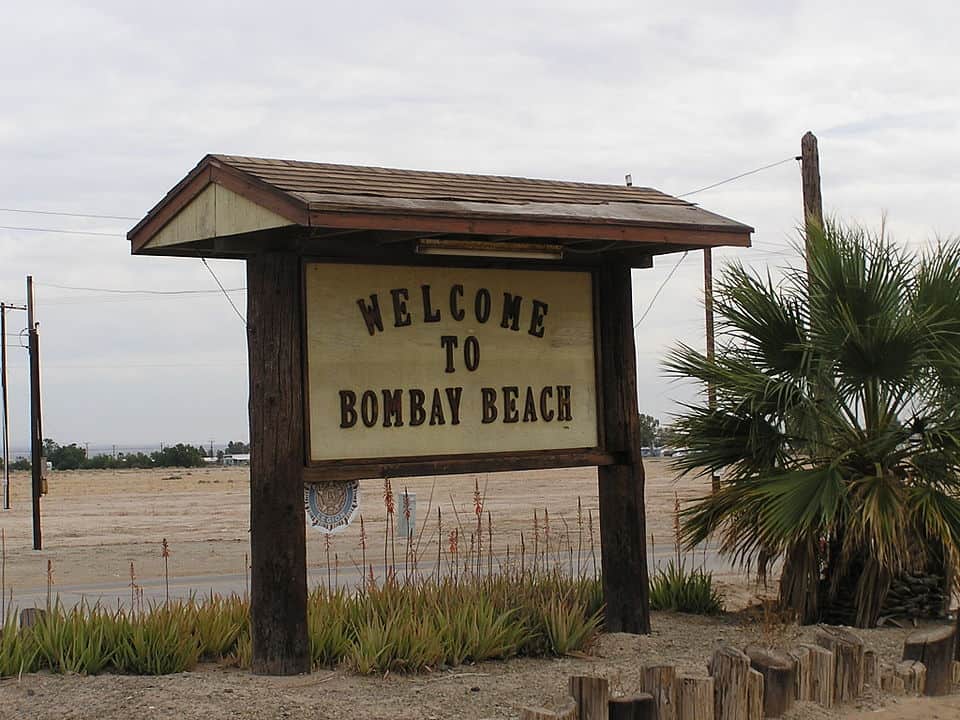
Once a Salton Sea darling, Bombay Beach sold weekends of water skiing and desert sunsets until salinity spiked and the shoreline retreated. Marinas stranded boats on mud, fish die offs chased families, and motels emptied by degree rather than drama. Today, art installations dot the flats and a few stubborn cafes keep hours that track winter light. The place feels like a scrapbook left open, bright pages followed by blanks, then a margin note from someone who would not leave.
Glenrio, Texas–New Mexico
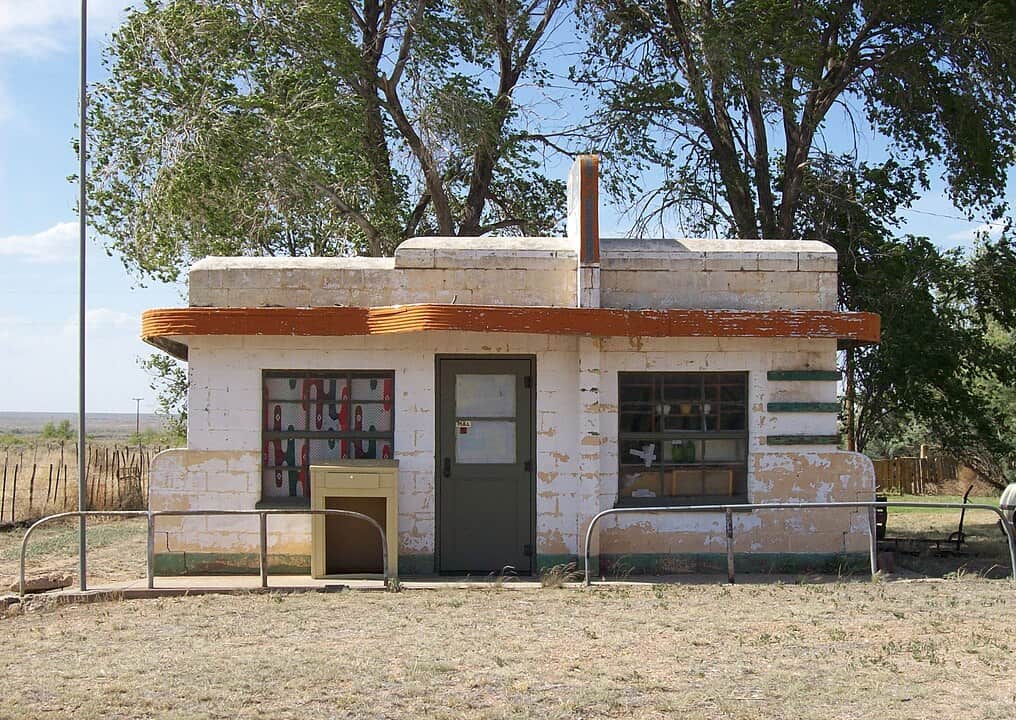
Straddling the state line, Glenrio thrived on Route 66 postcards, gas pumps, and clean sheets for the road weary. Interstate 40 bypassed the main drag, traffic fell quiet, and neon turned to rust while prairie grass climbed the curbs. A handful of facades still frame the horizon, and the motel sign holds its pose against a patient sky. The town did not explode or burn; it simply ran out of reasons to stop, then ran out of the hosts who waved cars in.
Two Guns, Arizona
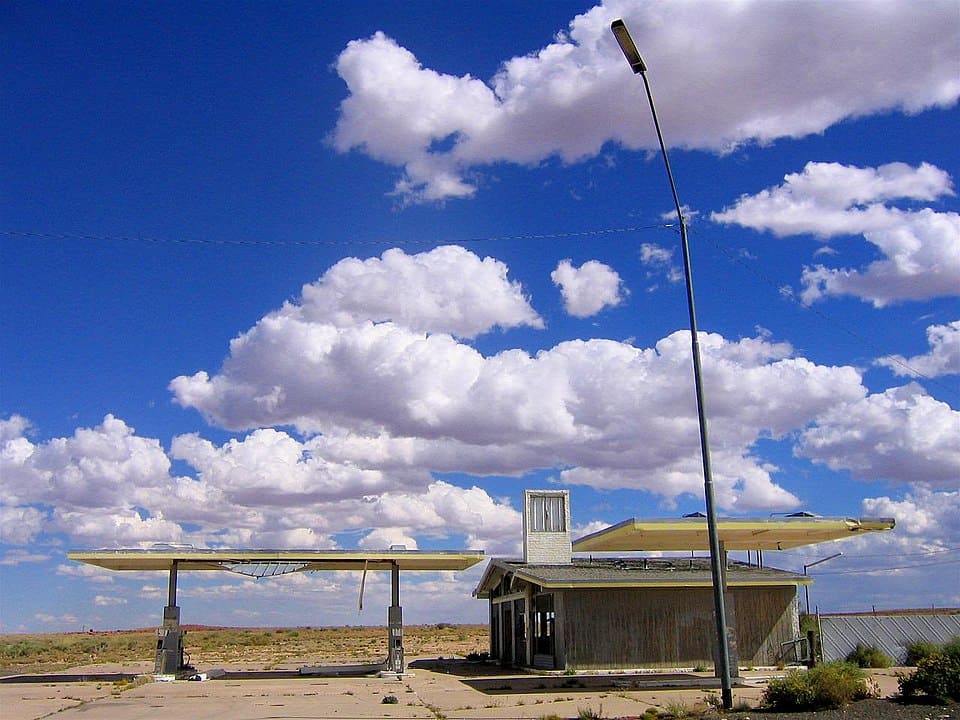
Canyon Diablo once sold roadside thrills with a trading post, a small zoo, and cliffside ruins pitched as instant legend. When the highway shifted and ownership tangled, Two Guns slipped into silence. Stone pens catch late sun, painted signs fade to chalk, and a roofless service station stares across a wind sanded cut. Every element reads theatrical, yet the quiet is real. The desert sands away the pitch until weather and rock continue the story without help.
Cairo, Illinois
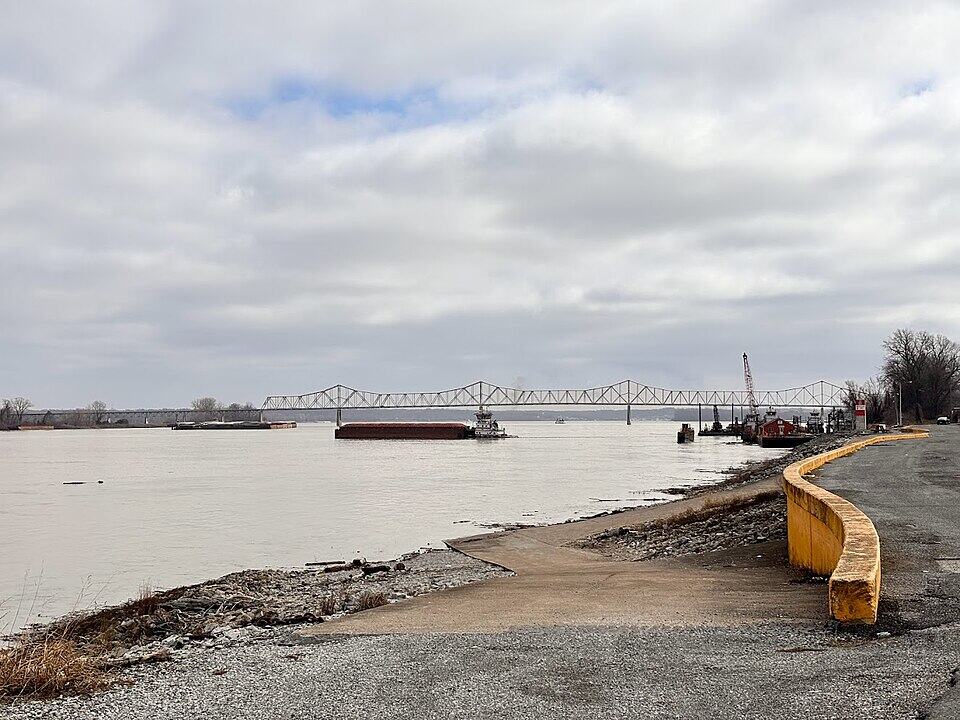
At the meeting of the Ohio and the Mississippi, Cairo staged steamboats, grand halls, and riverfront hotels. Diversions in trade, highway shifts, and long economic strain emptied blocks one lease at a time. Ornate brick still gathers evening light, but shutters outnumber lit rooms and grass grows where travelers once looped for supper. The river remains the constant, gliding past with the same indifference that carried prosperity in and then quietly took it away again without a word.
Idlewild, Michigan
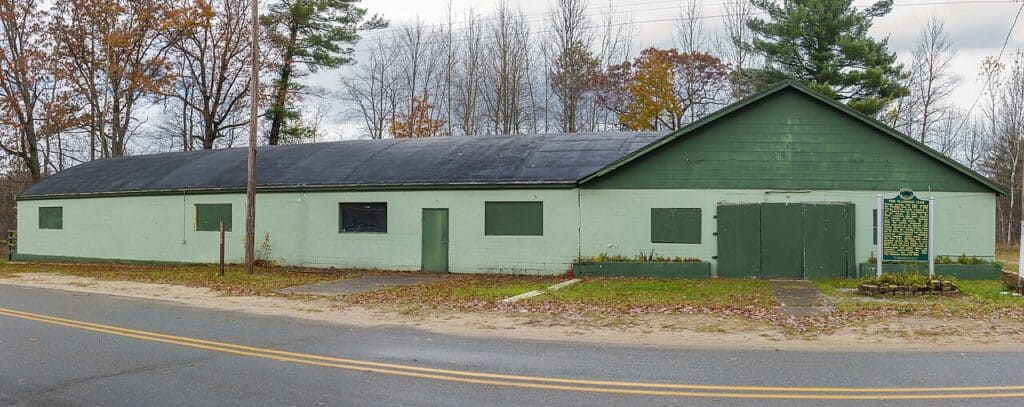
Midcentury summers filled Idlewild with music, lake cottages, and marquee names when segregation narrowed choices elsewhere. After civil rights opened wider doors, vacation patterns changed, calendars thinned, and many shutters stayed closed. A loyal core kept cabins mended and stories straight, yet crowds never returned to peak. The quiet holds more than absence; it holds memory and careful pride. Pines still touch the water, and porch lights answer the lake at dusk like they always did.
American Beach, Florida
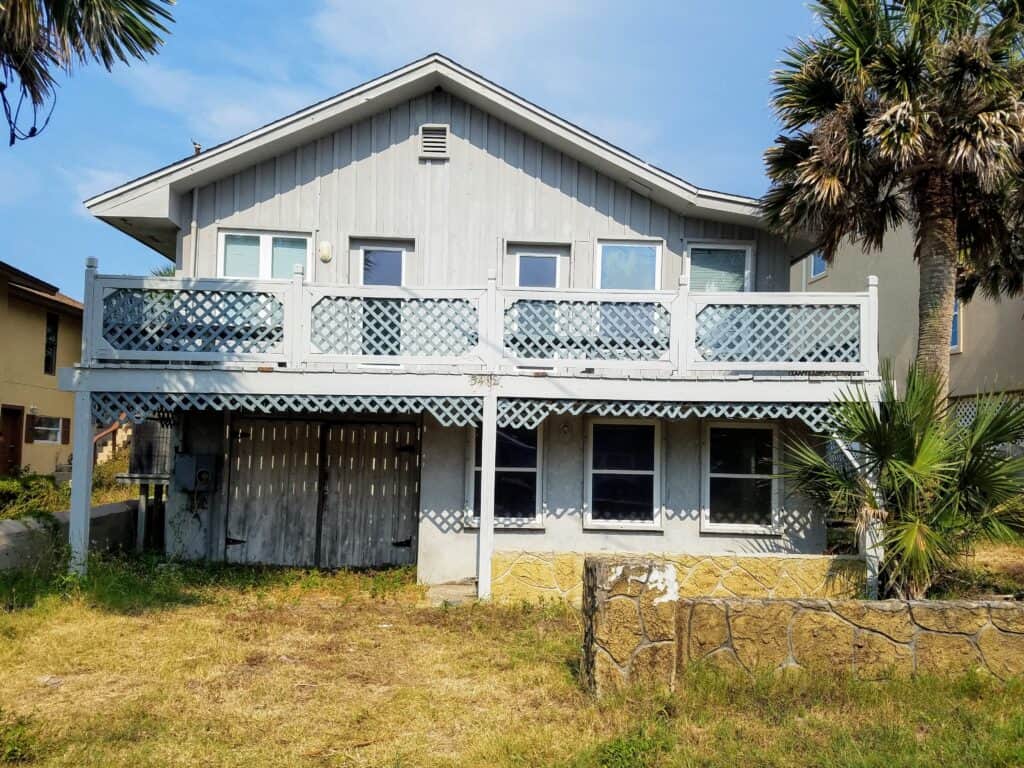
Founded as a beach for African American families during the Jim Crow era, American Beach thrived with dance halls, cottages, and weekends that stretched long. New access to other coasts shifted habits, storms bit the dunes, and many homes sat empty through slow years. Preservationists fought for the dunes and the story, and a few houses keep their lines keen. The shoreline speaks at a lower volume now, carrying echoes of bands and wide afternoon laughter on light wind.
Mineral Wells, Texas
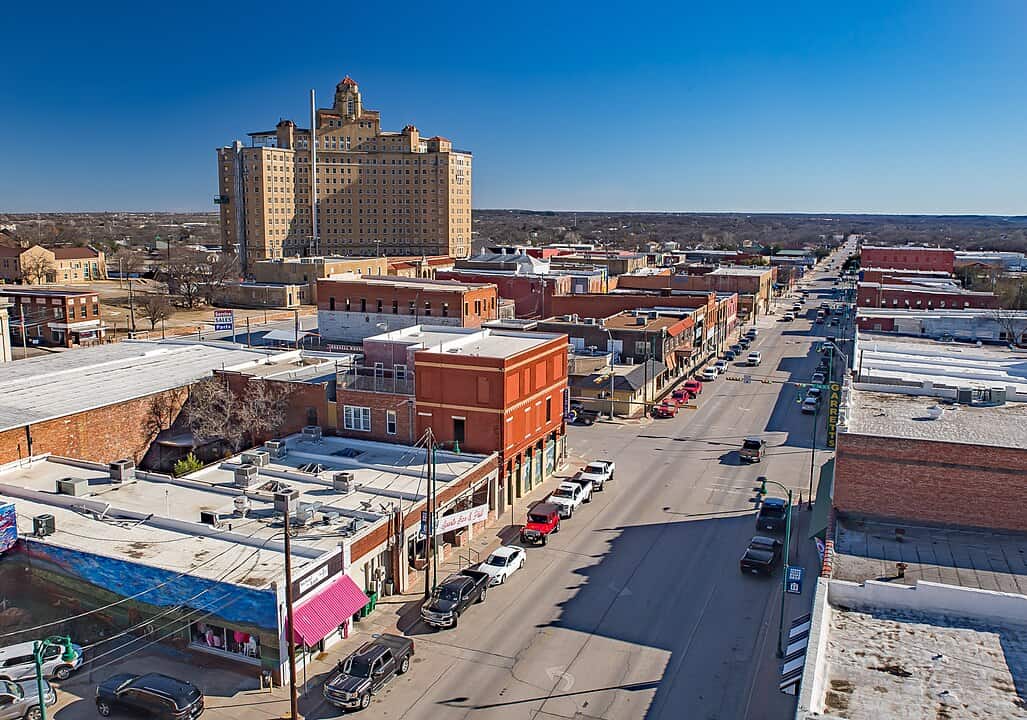
A century ago, mineral baths and grand hotels sold cures and leisure to trainloads of guests. Tastes changed, roads favored new hubs, and the Baker Hotel went dark, taking storefronts with it. For years, downtown read like a paused film, handsome and dusty at the edges. Restoration talk has warmed the sidewalks, yet the long arc shows how spa towns falter when the tonic becomes nostalgia. The water still rises clear under town, patient as ever.
Marineland, Florida
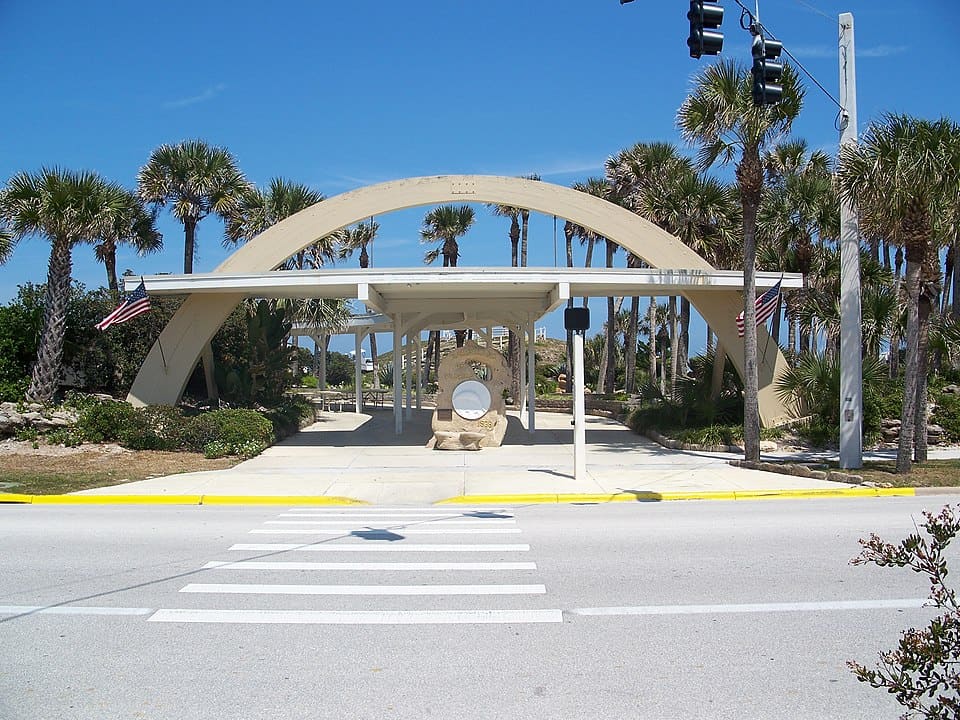
Billed as an oceanarium town, Marineland drew motorists to watch dolphins and cameras test new tricks. The park shrank, hurricanes bit, and the tiny municipality kept shrinking with it. A research center and modest exhibits remain, but the civic dream of a bustling sea village faded to a handful of addresses and long views of coquina and tide. The coastline stays generous. It just prefers quiet science to daily queues and carnival patter under harsh noon light.
Centralia, Pennsylvania
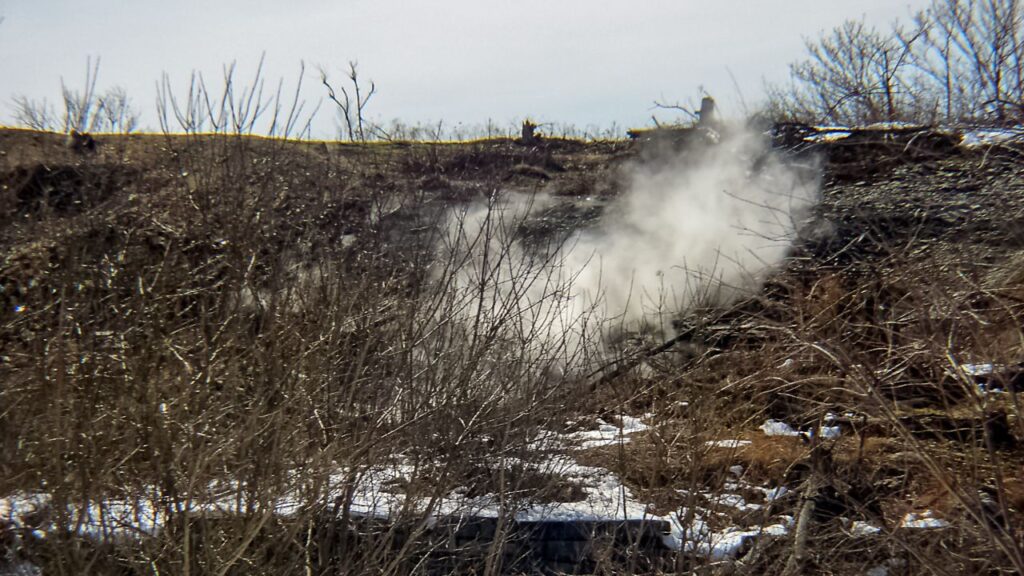
A coal seam fire that began in the early 1960s kept moving, buckling roads and sending basements to a smolder through winter. Relocations turned gradual, then near total, leaving a grid with more mailboxes than mail. For a while the place drew curiosity seekers; even that attention dimmed. Hills edge back into lots, wildflowers lean where porches once did, and street signs look like stage props. What remains is neither spectacle nor ruin, just a long exhale of a town.
Cisco, Utah
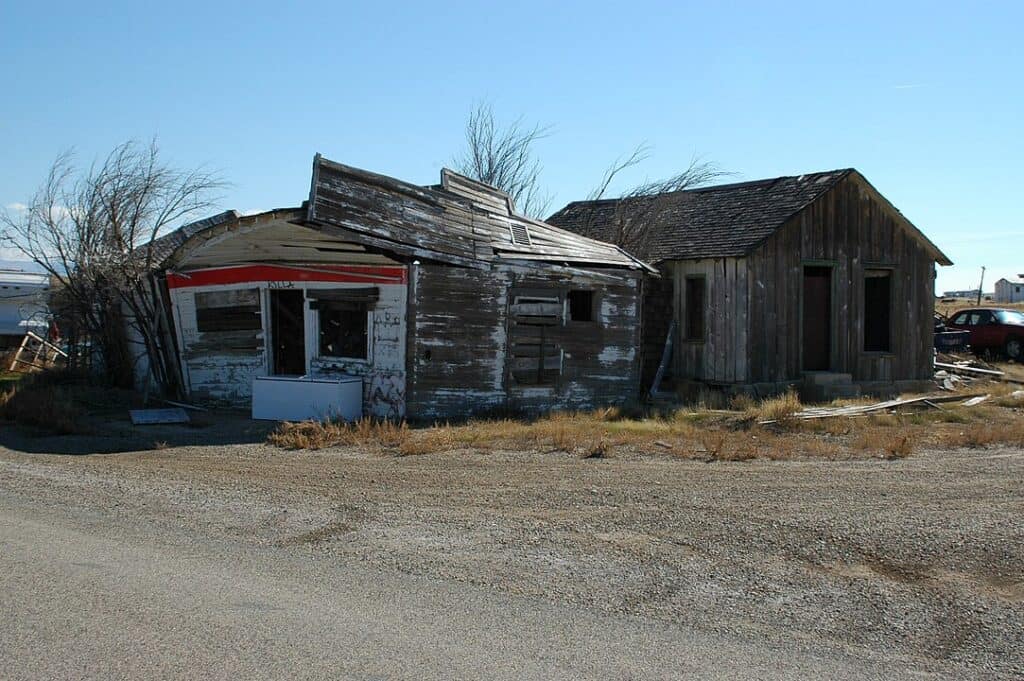
A service stop for rail crews and motorists, Cisco offered diners, fuel, and a few hard wearing cabins along the high desert. When routes changed and freight patterns shifted, business slipped away almost politely. Signs bleach, pump islands sink, and the horizon does most of the talking. Now and then artists move in and make a room glow at night, but the broad feeling remains. The road keeps going, and Cisco has chosen to listen rather than wave.